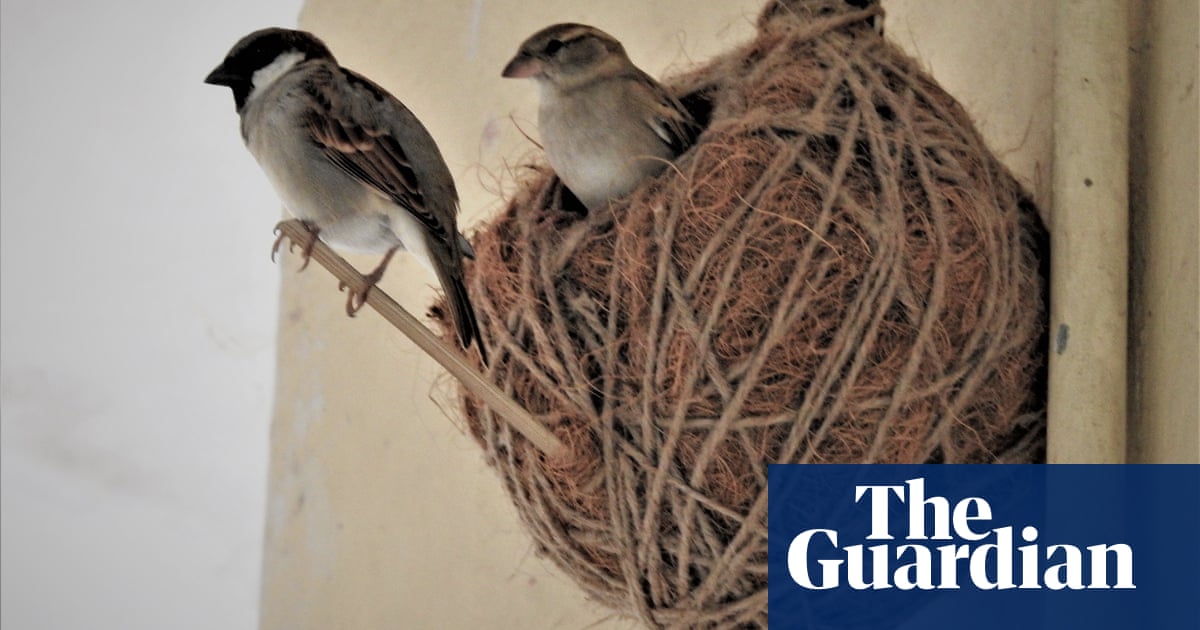
The timing was exquisite. Just as many Australian farmers had mostly finished sowing, Beijing’s 80% tariff imposed on our second biggest crop – barley – hit like a tonne of bricks.
All the industry players acknowledge this was a long running dispute that began two years ago. Beijing doesn’t like our anti-dumping measures and is unhappy that Australia has failed to treat its biggest trading partner as a market economy, as agreed in the China Australia Free Trade Agreement.
But the decision also came just after Scott Morrison had called for an inquiry into the origins of the Covid-19 outbreak and within the context of the Trump administration’s posturing over whether the virus came from a lab in Wuhan, a link the prime minister has not made. Complicating matters is a US-China trade deal early in the year and, though the US is not a big barley supplier, farmers were warned it may come at Australia’s expense.
To most people, barley means beer. But for a lot of Australian growers, it is a handy part of their cropping program, with the end product either sold as malting barley or feed supply, two thirds of which goes to the export market. It is also kept on hand for stock feed if the season takes a turn for the worse. And apart from barley’s value off-farm, it is a useful crop that takes a bit more climatic punishment as global warming proceeds apace.
So for the 2020 winter cropping season, good rainfalls in the eastern states presaged one of the better outlooks for Australian farmers in recent years. Western Australian farmers, no strangers to sowing without rainfall, commonly use barley as part of their cropping program and that state, and to a lesser extent South Australia, account for much of the export barley trade.
A delicate juggling act
Such is the black humour in the industry that most growers could only shake their heads. China is our biggest barley market by far and Australia is China’s biggest supplier. So when Beijing built a hurdle so high for their internal barley consumers to scale, it cast a pall over regional communities.
For most farmers a cropping program is designed to ensure a mix of risk and supply needs, balanced by prices and outlook. It is a delicate juggling act which must take account of the crops or grazing that preceded it, the soil needs, the markets and the global conditions.
Those mid-planting who still had time to pivot have done just that. Carly Veitch is a WA grower near Quairading, east of Perth. She was literally sowing barley when the decision dropped and quickly rewrote her cropping program to suit.
“We had two paddocks we probably could switch out, one we did but one we left in because a change would have made the rotation more difficult,” she says.
The Veitchs had planned to use some of the barley to graze stock before harvest but she may graze it a bit harder rather than concentrating on the barley delivered in a potentially falling market. Like most farmers, she is sanguine about the trade stoush.
“There’s a general unhappiness that we’ve poked the bear,” she says. “There’s a feeling that it started 18 months ago, and whether [the Covid inquiry] directly caused the tariff, well it wouldn’t help, but there is also concern it might relate to the China-US free trade agreement and the need to buy more about of US.”
Tim Mooney, at Croppa Creek in NSW, swapped out a paddock of barley for wheat, amounting to a change of plans for 350ha, and while he doesn’t expect to come out of it unscathed, he is confident there is still time before a November harvest to find alternative markets or diplomatic solutions.
“The situation could change diplomatically by November, things with China might change 10 times by then,” he says. “Also, I have access to the Darling Downs to sell for feed and often there is not much of a premium between the feed and malt markets.
“It just adds to uncertainty but farmers would probably rather be in a position with the rain we’ve had and production looking fairly positive than to have drought.”
Sue Middleton, a pork, orange and grain grower in Wongan Hills, says WA farmers had increased their barley crops in the past seven years in response to market demand at a time when rainfall had dropped but barley yields had increased.
“Barley is an important part of the mix,” she says. “If China doesn’t get involved, WA has got a hole in its farming system and we will need to find some good options to fill it and I know every WA farmers’ forum will be talking about this.”
These decisions are happening across the country. Farmer and former independent politician Tony Windsor, at Werris Creek, says his family took the decision to drop planting 1,200ha of barley for wheat.
Corey Blacksell, on the South Australian border, swapped out one third of his barley for wheat, given he had seed on hand. “We carry enough wheat and barley seed extra to give us that flexibility if there are market or seasonal shifts,” he says.
Fellow SA farmer James Stacey says after watching the trade spat develop over the past year or so, he didn’t plant barley.
“After being in China when a trade war was on, as soon as the Chinese ambassador comes out to say they will buy less, I know they will do it,” Stacey says.
The trade definition of dumping requires the exported grain to be sold below the domestic price and/or the cost of production. Beijing also accused Australia of subsiding its farmers, in the form of Murray-Darling water efficiency infrastructure funding, even though barley is a dryland crop.
Part of the irony is that Australia has systematically removed longstanding farm subsidies in the past four decades to the point where we have some of the lowest “producer support” levels in the world while international subsidies have been calculated to cost local net farming income 15% and 29% of export markets.
Brett Hosking, a farmer from Quambatook, Victoria and the chairman of industry advocacy group GrainGrowers, said while the government’s inquiry call was “not helpful”, it was not the root cause.
With the Australian crop harvested in November, the industry is hoping it can be resolved and has urged the government to invest in finding other market opportunities.
“People say we’ve become too dependent on China but when they were paying a premium for your grain, we would be crazy not to take that,” he says.
While there was an immediate price drop of $50-60 a tonne, the price has recovered somewhat. Hosking says one of the major flaws in identifying new markets is that while grain traders know how much each of them has available, there is no visibility on how much barley the country has as a whole – making it hard to sell and to negotiate with other markets.
‘Megaphone diplomacy’
The National Farmers Federation president, Fiona Simson, says both accusations of dumping product and subsidising barley farmers are demonstrably untrue. She has confirmed the industry is considering its options to take a case to the World Trade Organisation but it involves significant time and cost.
“People still want to eat and we’ve spent a long time developing a diverse market,” says Simson. “Even though the Chinese market is tempting, lucrative and valuable, we spend time and energy on other markets.
“The megaphone diplomacy was not helpful, though I think the Australian people do expect a transparent robust inquiry [into Covid-19], so the government must walk that tricky line. The government has to put forward what they think strongly. The difference was we weren’t able to jump on a plane [to negotiate] so that has made the relationship trickier.”
Ben Lyons, an associate professor from the University of Southern Queensland and director of Rural Economies Research, says part of the difficulty for the barley industry is that there are not the strong relationships between Australian growers and the Chinese end users of the product.
He says, compared with country to country links in markets such as wool and meat, there has been less relationship investment put into barley .
Which doesn’t mean there haven’t been regular “bust-ups” in wool and meat. Along with barley, Beijing also included import bans on four Australian abattoirs, which make up 35% of Australian beef exports to China.
Lyons, a Chinese literature scholar, recalls attending a Nanjing wool conference during a fraught period over the wool trade. When the formal sessions were over, the conference unfurled the social events, the highlight of which was a tug of war between teams representing Australia and China.
“It was the perfect metaphor for the relationship in a way, a tug of war over dollars.”












